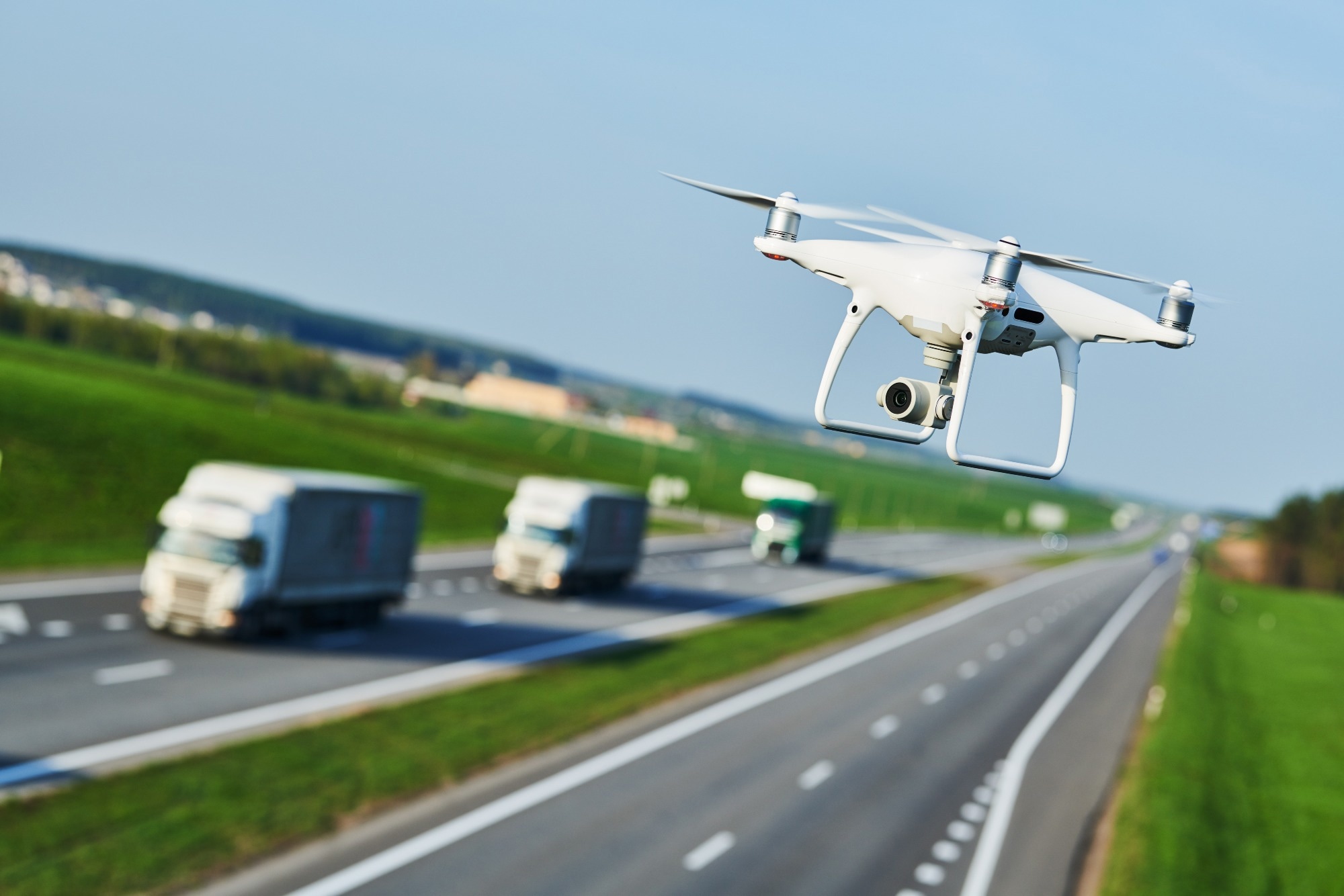In an article recently posted to the Meta Research website, researchers addressed the vulnerability of state-of-the-art (SOTA) visual object trackers to adversarial perturbations, a critical concern in autonomous systems. By leveraging semantic text guidance from contrastive language-image pre-training (CLIP), the proposed method constructed a spatial-temporal implicit representation (STIR) for robust tracking. This approach ensured high accuracy on both clean and adversarial data, successfully defending against various adversarial tracking attacks.
 Study: Robust Visual Object Tracking with Language-driven Resamplable Continuous Representation. Image credit: Dmitry Kalinovsky/Shutterstock
Study: Robust Visual Object Tracking with Language-driven Resamplable Continuous Representation. Image credit: Dmitry Kalinovsky/Shutterstock
Background
Visual object tracking is integral to vision intelligence, facilitating real-time prediction of an object's position and size in live video, with applications in autonomous systems like self-driving cars and unmanned aircraft. Despite advancements in SOTA trackers, they face vulnerabilities to adversarial attacks, leading to security concerns in real-world deployments. Current approaches, such as adversarial training and image preprocessing, have limitations in addressing adversarial tracking attacks effectively.
This paper proposed a novel preprocessing-based defense mechanism to enhance the robustness of object trackers against adversarial attacks. By reconstructing incoming frames using a STIR guided by semantic text from the object template, the proposed method achieved appearance consistency and semantic alignment. Unlike existing methods, it fulfilled two critical criteria by leveraging spatial and temporal contexts and maintaining semantic consistency. The approach, named language-driven resamplable continuous representation (LRR), included a STIR and a language-driven resample network (LResampleNet).
Extensive experiments on public datasets demonstrated that LRR significantly enhanced adversarial robustness against SOTA attacks while maintaining high accuracy on clean data. The approach outperformed existing defenses, particularly showcasing a 90% relative improvement in tracking accuracy under adversarial conditions on the UAV123 dataset. This innovative solution addressed the gaps in current preprocessing methods, providing a promising avenue for improving the robustness of visual object trackers in autonomous systems.
LRR
The authors introduced the LRR as a preprocessing-based defense mechanism against adversarial tracking attacks in visual object tracking. The primary goal was to reconstruct incoming frames, removing potential adversarial perturbations while maintaining semantic consistency with the object template. LRR consisted of two key components: the STIR and the LResampleNet. STIR addressed challenges related to spatial and temporal information by constructing an implicit representation that mapped continuous spatial and temporal coordinates to corresponding red-green-blue (RGB) values. It leveraged historical frames to reconstruct perturbed pixels effectively, promoting appearance consistency with clean counterparts.
To achieve semantic consistency, LResampleNet generated a new frame by resampling continuous coordinates guided by the text from the object template. The reconstruction process involved training parameters for STIR and LResampleNet independently using datasets like ImageNet-DET, ImageNet-VID, and YouTube-BoundingBoxes. The STIR model was trained to handle adversarial perturbations by utilizing adversarial sequences generated through the fast gradient sign method (FGSM) attack.
The overall approach demonstrated high generalization, making it applicable for defending against various attacks on different trackers. By reconstructing incoming frames using LRR, the proposed method enhanced the adversarial robustness of object trackers while maintaining accuracy on clean data. The paper provided architecture details, loss functions, training datasets, and implementation specifics. LRR served as a versatile defense mechanism applicable to different trackers, showcasing its potential for improving the security and robustness of visual object tracking systems.
Experimental results
The presented research introduced an LRR for defending against adversarial attacks in object-tracking tasks. The evaluation utilized popular tracking datasets (OTB100, VOT2019, UAV123) and trackers from the SiamRPN++ family, subjected to attacks like RTAA, IoUAttack, CSA, and SPARK. The comparative analysis demonstrated LRR's superiority over baselines (adversarial fine-tuning and DISCO) in terms of precision and expected average overlap (EAO) across diverse attacks and datasets. LRR consistently outperformed, highlighting its robust defense mechanism. An ablation study emphasized the significance of LResampleNet, the language-driven approach, and spatial-temporal information in LRR's efficacy.
Results indicated that LResampleNet significantly contributed to defense against adversarial tracking, leveraging spatial-temporal cues. Additionally, the authors evaluated the effectiveness of language guidance and demonstrated that language-driven resampling enhanced defense compared to using pixel embeddings alone. The language-driven approach established a vital connection between incoming frames and the tracking template. Spatial-temporal information relevance was confirmed through experiments varying the input frame length (N) in STIR (Table 4). As N increased, the defense capability improved, suggesting STIR's proficiency in extracting hidden information.
Transferability tests showed LRR's adaptability to transformer-based trackers, sustaining efficacy against RTAA attacks on ToMP-50 across different datasets. Efficiency analysis revealed that LRR incurred a reasonable computational cost, making it suitable for real-time tracking applications.
In summary, LRR presented a comprehensive and effective defense strategy against adversarial attacks in object tracking, showcasing superiority over baselines and adaptability to diverse tracking scenarios and models. The language-driven approach, spatial-temporal information, and LResampleNet were key components contributing to LRR's robust performance.
Conclusion
In conclusion, the researchers introduced a novel defense mechanism, LRR, effectively countering SOTA adversarial tracking attacks. The proposed STIR leveraged spatial-temporal information for appearance reconstruction, while the LResampleNet ensured semantic consistency through language guidance.
Trained on large-scale datasets, the method successfully defended against various attacks, approaching clean accuracy levels. However, it came with increased computational costs. Future research may explore cost reduction strategies and address challenges posed by non-noise-based attacks like motion blur. Additionally, extending the approach to accommodate the evolving landscape of natural language-specified visual object tracking is a promising avenue for future exploration.